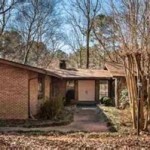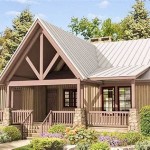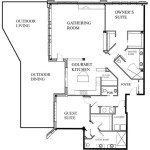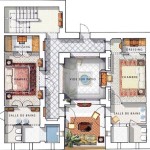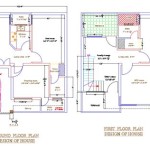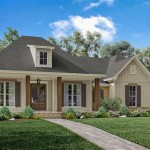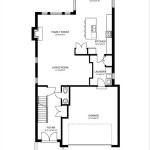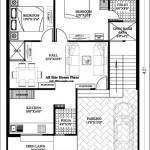Building Timber Frame Cabin Plans: Designing Your Dream Retreat
Timber frame construction has become increasingly popular for cabin projects, offering a blend of aesthetic appeal, durability, and sustainability. If you're considering building a timber frame cabin, understanding the planning process is paramount. From conceptualizing your design to selecting the right materials and contractors, this guide explores the key aspects of building timber frame cabin plans.
1. Conceptualizing Your Timber Frame Cabin: Defining the Scope
Before diving into detailed plans, it's essential to establish a clear vision for your timber frame cabin. This includes considering the following factors:
- Size and Layout: Determine the desired square footage of the cabin, the number of bedrooms and bathrooms, and the overall layout that best suits your needs.
- Style and Aesthetics: Choose a style that complements your surroundings and personal preferences. Popular options include traditional log cabin, modern minimalist, or rustic farmhouse.
- Features and Amenities: Decide on essential amenities like a fireplace, deck, porch, or specialized kitchen appliances.
- Budget: Establish a realistic budget that encompasses materials, labor, and any additional costs, such as landscaping or interior design.
Once you have a firm understanding of your vision, you can start to explore different possibilities for your timber frame cabin design.
2. Working with a Timber Frame Specialist: Expertise for Success
Engaging a professional timber frame specialist is highly recommended for a successful project. These professionals have the expertise to guide you through the planning stages, ensuring the cabin meets your requirements and local building codes. Here's what a timber frame specialist can offer:
- Design Consultation: They can work with you to refine your initial design ideas, suggesting practical improvements and proposing innovative solutions.
- Structural Engineering: Timber frame specialists understand the unique structural requirements of these buildings and can ensure your cabin is strong and durable.
- Material Selection: They can advise on the various types of timber, fasteners, and other materials suitable for your project, factoring in budget and sustainability.
- Contractor Network: Many specialists have established relationships with reputable contractors, simplifying the construction process.
Collaborating with a timber frame specialist ensures your project receives the necessary expert guidance from concept to completion.
3. Detailing Your Timber Frame Cabin Plans: Bringing the Vision to Life
Once you have a conceptual design and a specialist on board, the detailed planning process begins. This involves creating comprehensive plans that guide the construction process.
- Floor Plans: Detailed drawings outlining the layout of each floor, including room dimensions, door and window placement, and any structural elements.
- Elevations: Drawings that show the external appearance of the cabin from different angles, including roofline, porch design, and exterior cladding.
- Sections: Cross-sectional views that illustrate the interior layout and structural details, such as the roof framing and foundation.
- Details: Enlarged drawings that provide specific information on specific components, like window and door installations, timber connections, and roof framing.
These detailed plans serve as a blueprint for the construction team, ensuring accuracy and consistency throughout the project.
4. Bringing Your Plans to Life: Construction and Beyond
With detailed plans in hand, the construction process can begin. This involves a collaborative effort between the timber frame specialist, the contractor, and the homeowner. The construction process typically involves:
- Foundation Construction: Building a solid foundation to support the weight of the timber frame structure.
- Timber Frame Assembly: The timber frame is assembled on-site or prefabricated off-site and erected on the foundation.
- Roofing and Exterior Cladding: Completing the roof and installing exterior cladding to protect the cabin from the elements.
- Interior Work: Installation of flooring, walls, plumbing, electrical systems, and other interior finishes.
The timber frame construction process allows for flexibility and customization, allowing you to incorporate your unique design elements and preferences. As you approach the final stages of construction, consider the following:
- Sustainability: Explore sustainable building materials and practices to minimize environmental impact.
- Energy Efficiency: Integrate energy-efficient features like insulation, windows, and appliances to reduce energy consumption.
- Landscaping: Design landscaping that complements the cabin and enhances the surrounding environment.
By carefully planning and executing the construction process, you can create a beautiful and functional timber frame cabin that reflects your vision and provides a cozy retreat for years to come.

Cabin Plans Timber Frame Hq

A Frame House Plans Free Cabin Floor

Timber Frame Kits Home Builders

Tiny Timber Frame Houses House Blog

Timber Frame Straw Bale House Design The Year Of Mud

Timber Frame House Plan Design With Photos

24 36 A Frame House Plan Timber Hq

Timber Frame Kits Kennebec Framing Cabin Tiny House Building A Shed
Timber Frame Home Plans Designs By Hamill Creek Homes

Cabin Plans Timber Frame Hq

